Unmasking the Magic
Jan 4, 2024
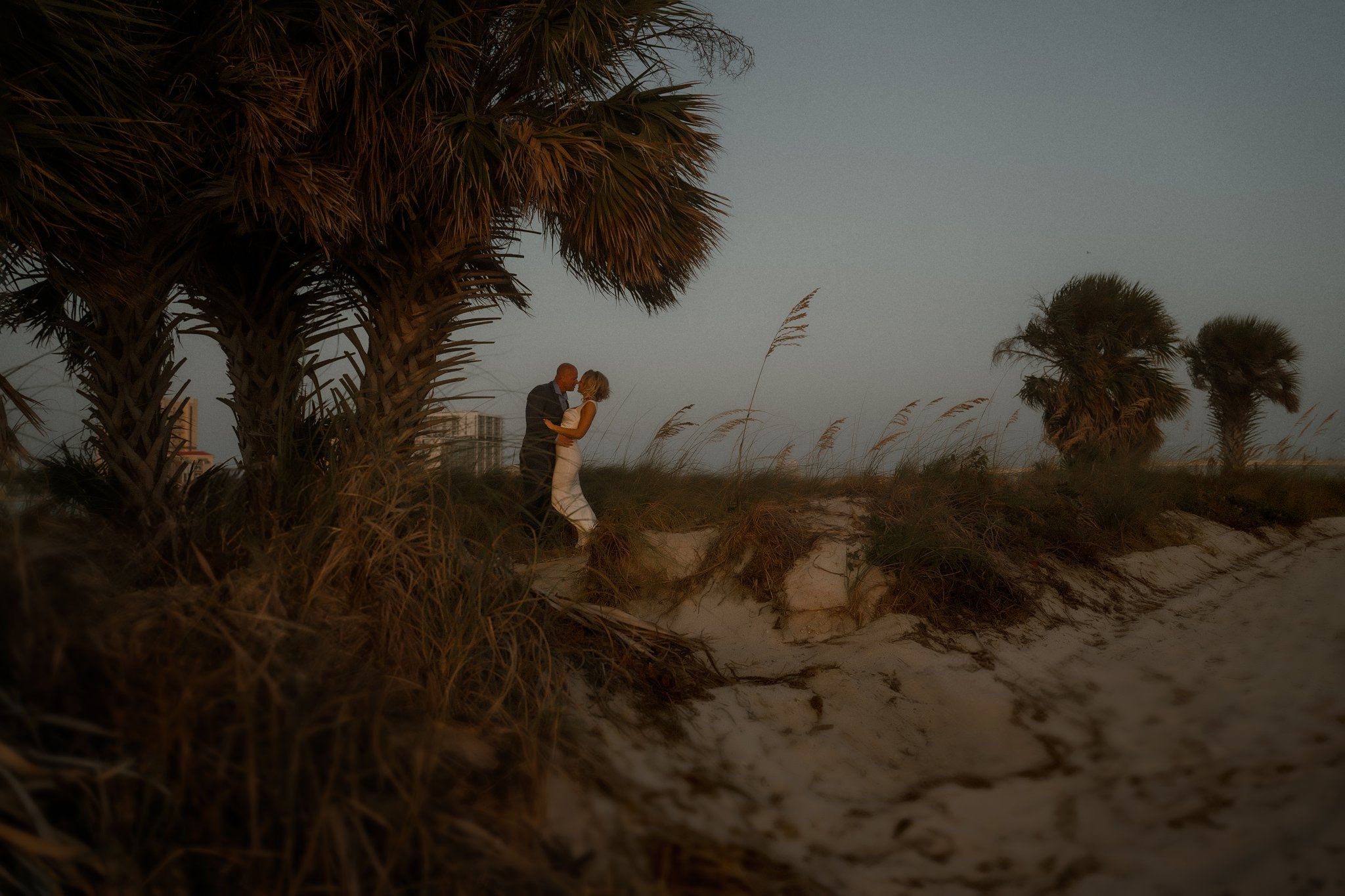
Exploring the Behind-the-Scenes Gear of Cinematic Photography
Step into a world where reality intertwines with imagination, captivating audiences with an enchanting allure. Cinematic photography possesses a magical quality that transports us to breathtaking landscapes and tender moments of emotion. But have you ever wondered what lies behind the scenes, powering this cinematic wizardry?
Today I will share and uncover the secrets hidden within my basic gear and equipment that bring these mesmerizing visuals to life. From essential camera equipment and lenses to advanced editing tools, later we’ll explore the techniques and advancements that transform mere images into extraordinary pieces of cinematic art.
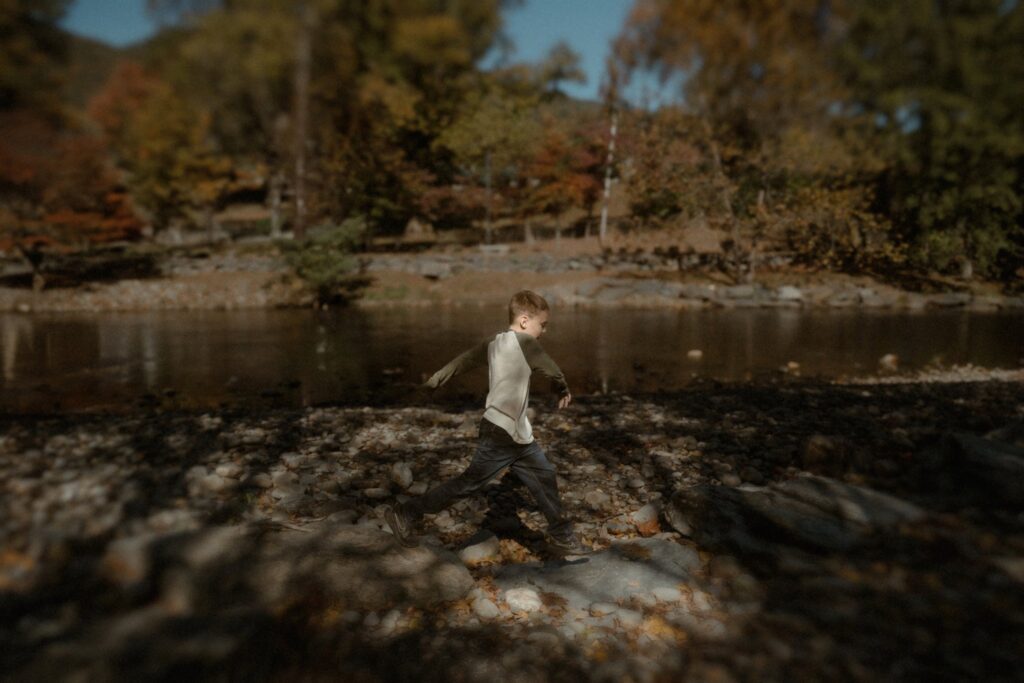
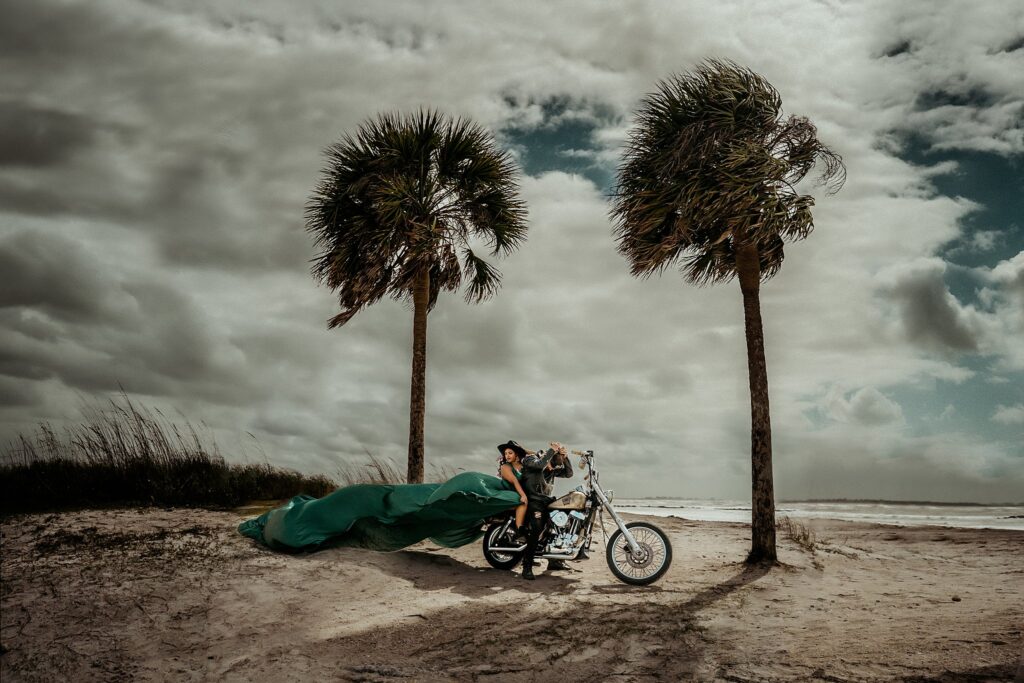
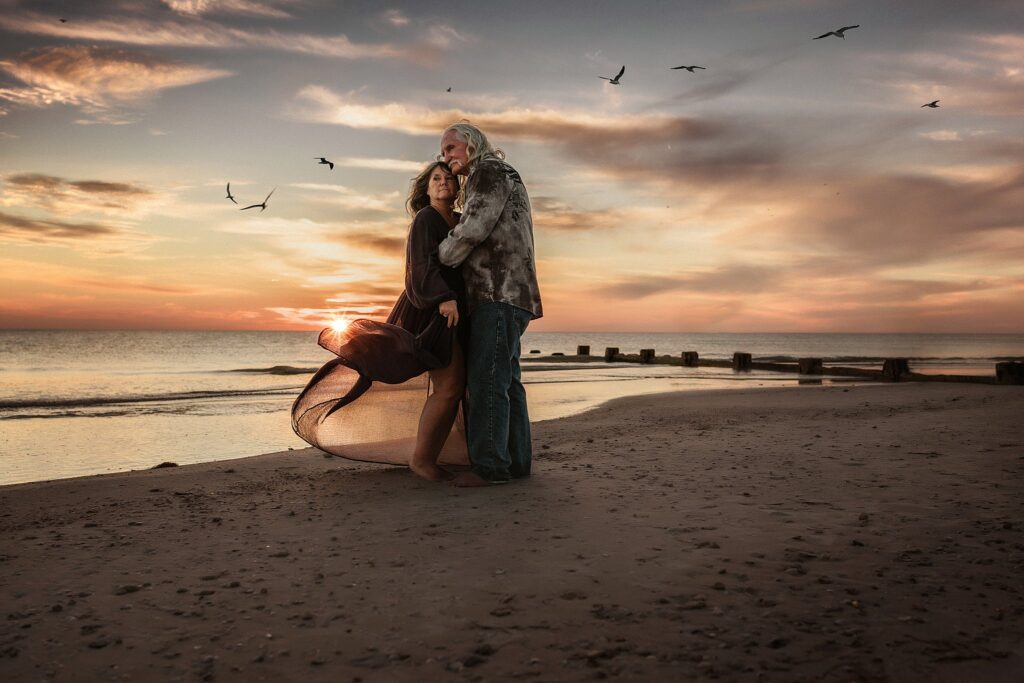
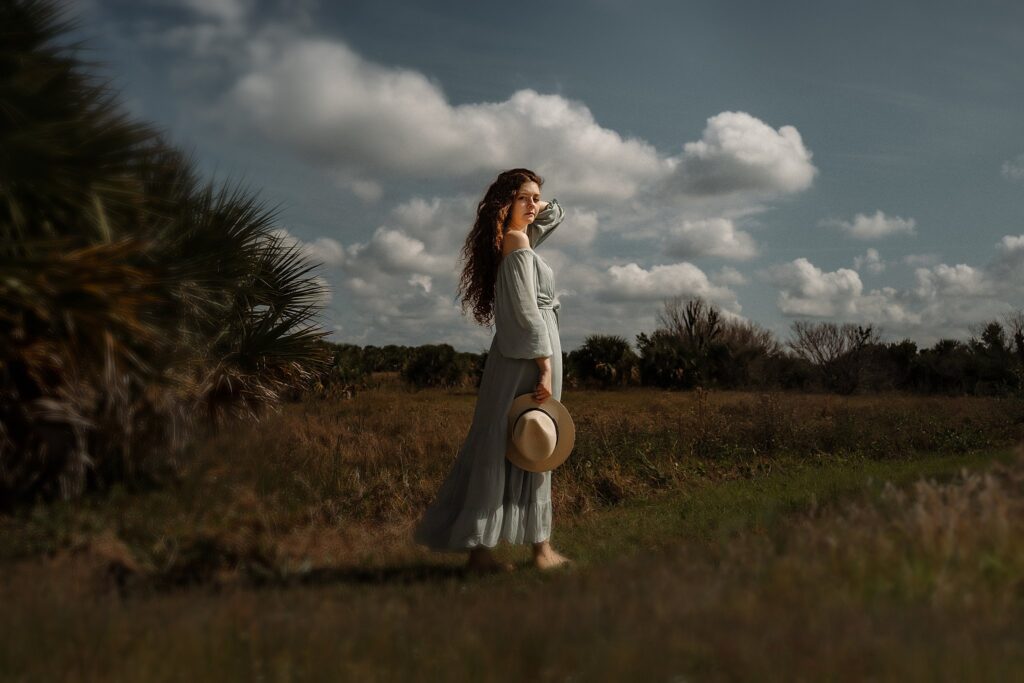
Essential Camera and Lenses for Cinematic Shots
The power of cinematic photography lies not only in the creative vision, but also in the gear and equipment used utilize to capture those awe-inspiring shots. From the cameras to the lenses, each piece of equipment plays a crucial role in achieving the cinematic look and feel that transports my viewers to another world.
CAMERAS
When it comes to cameras, there are a so many options that stand out in the world of cinematic photography. When I first fell in love with cinematic photography, I used a good old Cannon Rebel 35mm with a basic 35mm lens. With the age of digital photography my husband gifted me the Sony a6000 and have since upgraded to the Sony a7iii which is what I currently work with now.
LENSES
Lenses are equally as important in achieving the cinematic look and feel. One lens that is commonly used in cinematic photography is a prime lens. This results are a beautiful depth of field that give hand in producing a cinematic quality to images. An 85mm lens will give you an almost three dimensional look to your images…. making your subject the main star in your imagery. While the 35mm lens allows more room for the environment to be captured and draws you directly into the story.
The lenses that I rotate with my sessions are: Tamron 24-70mm, Sigma Art 35mm and the Sony 85mm
The type of lens that I use has a direct influence on who I’ll be working with and the location I’ll be in. Below are images taken using each of the lenses;
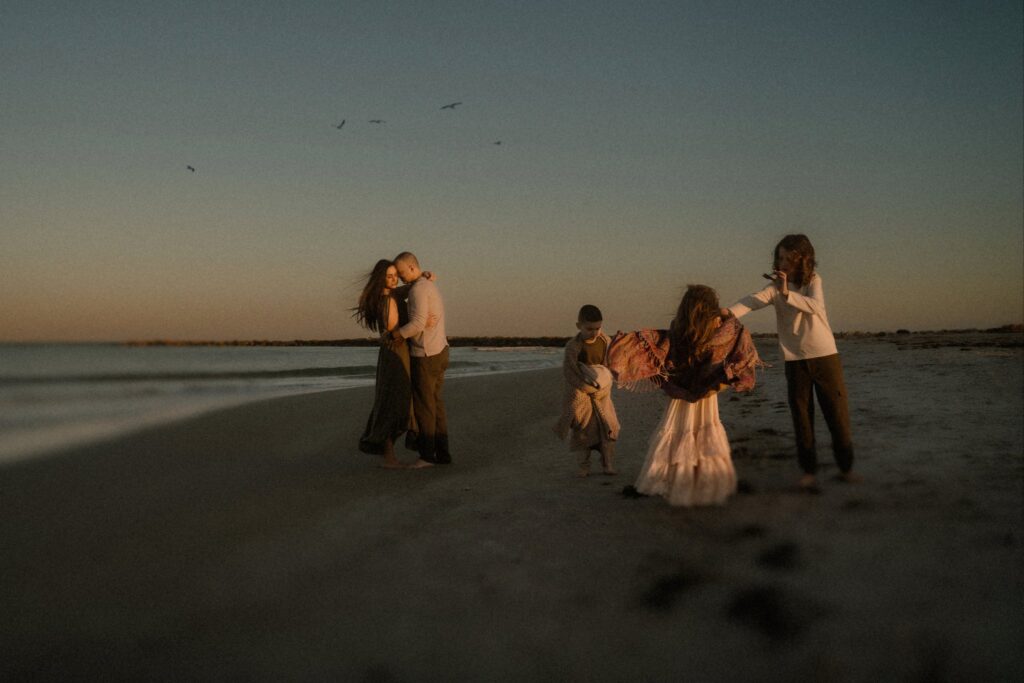
TAMRON 24-70mm
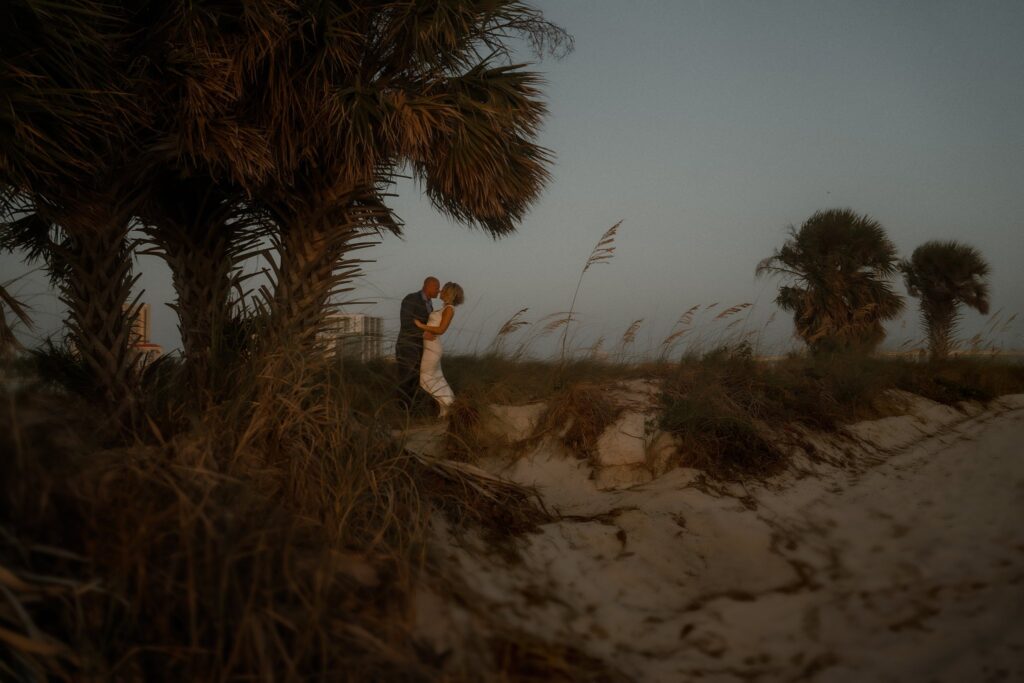
SIGMA ART 35mm
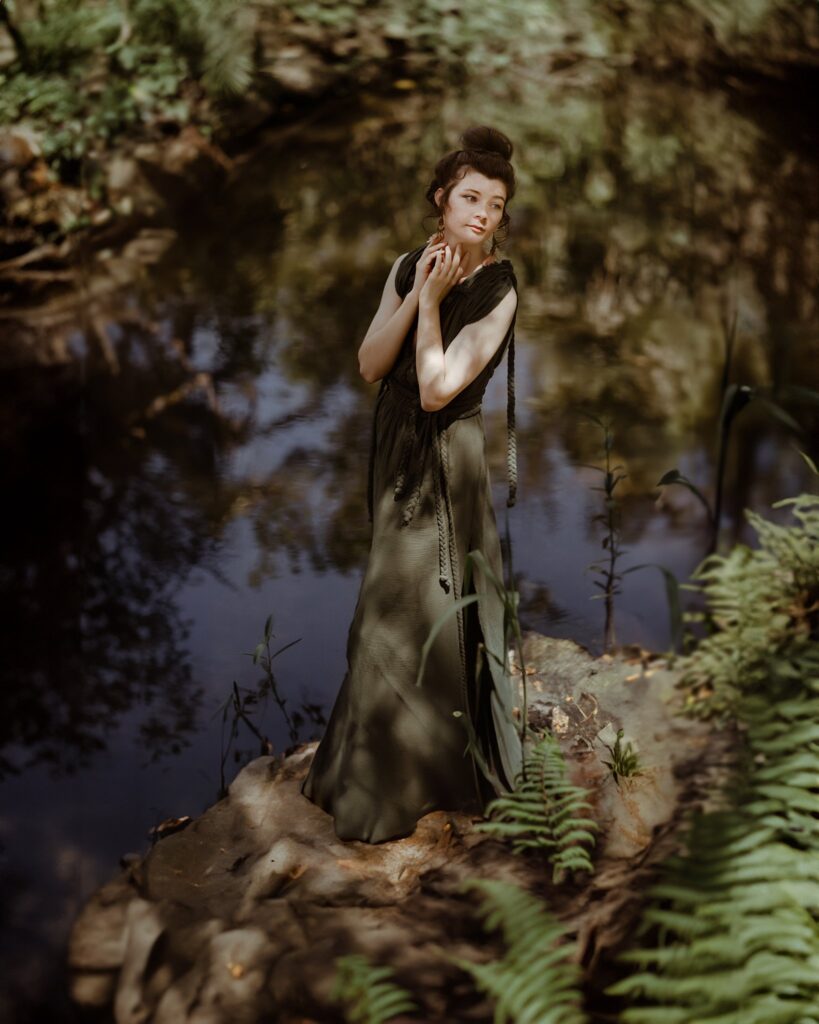
SONY 85mm
FILTERS
Filters seem to be all the rage now and I’m no exception. In the past few months, I’ve started working with the Moment CineBloom Diffusion filter. This filter provides a soft and dreamy look to your images by “blooming” highlights in your images. I’ve found using the 10% option gives me a nice balance with just enough of an enhancement that still allow me to keep details. It’s not magical all of the time, you do need to be careful when shooting backlit images while using this filter; I’ll explain more on this in another post.
The top image is no filter and the bottom is with the filter. Notice the slight glow and how the highlights seem to spread.
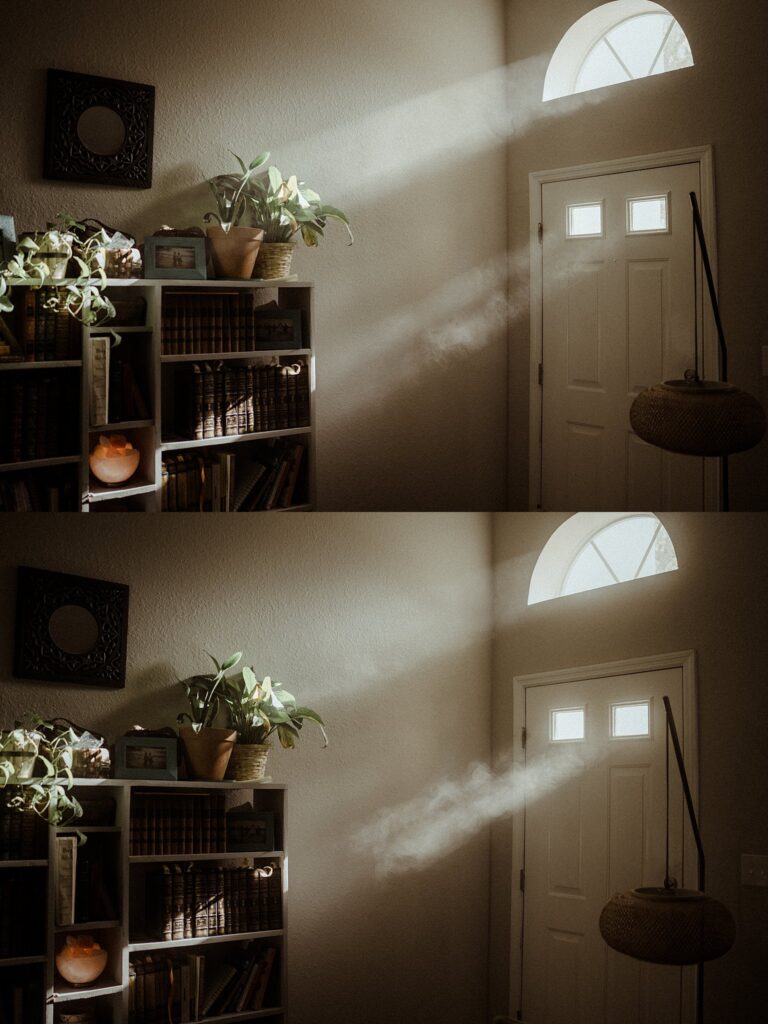
Exploring Editing Tools
There are many editing tools that offer a range of functionalities and techniques that allow refinement and enhancement images during post-production, ensuring that every detail is perfectly executed.
Programs like Adobe Photoshop and Lightroom provide an extensive array of features that enable manipulation and the ability to enhance images with precision. From adjusting exposure, color balance and color grading to removing unwanted elements or enhancing fine details, the software is essential in creating your final cinematic look.
Here is a quick look at what I currently use:
EDITING HARDWARE
- MacBook Pro M1
- IPS Monitor
- Wacom Intuos Pro
EDITING SOFTWARE
- LR Classic
- PS Classis
- Portraiture Pro 4
- Exposure 7
In unveiling the gear and equipment I use with my own cinematic photography, I’ve peeled back a piece of the cinematic curtain to reveal the meticulous artistry and technical skill that brings movie magic to life in still form. From camera, lenses to editing tools, I’ve shared the tools of the trade that transform imagination into breathtaking reality. Armed with this newfound knowledge, it’s time to step into the spotlight and embrace the enchantment of cinematic photography.
Great article! I really appreciate the clear and detailed insights you’ve provided on this topic. It’s always refreshing to read content that breaks things down so well, making it easy for readers to grasp even complex ideas. I also found the practical tips you’ve shared to be very helpful. Looking forward to more informative posts like this! Keep up the good work!